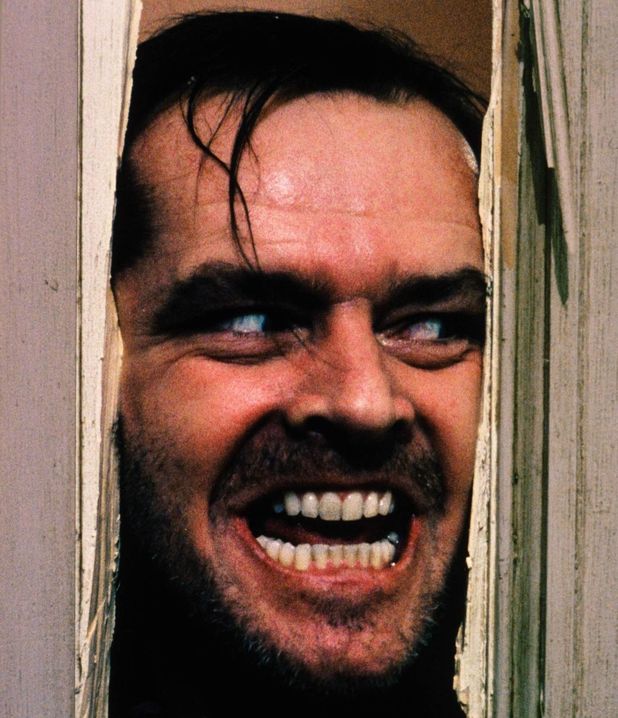.jpg) 1) What does Thomas Sutcliffe mean when he says "Films need to seduce their audience into long term commitment. While there are many types of seduction, the temptation to go for instant arousal is almost irresistible"? Thomas means that the film should grab the audience's attention from the beginning of the film, which will make them want to watch it to the end. Also in other words it is better to engage with the audience at he start of the film rather than the end.
1) What does Thomas Sutcliffe mean when he says "Films need to seduce their audience into long term commitment. While there are many types of seduction, the temptation to go for instant arousal is almost irresistible"? Thomas means that the film should grab the audience's attention from the beginning of the film, which will make them want to watch it to the end. Also in other words it is better to engage with the audience at he start of the film rather than the end.2) According to Director Jean Jacques Beineix, what are the risks of 'instant arousal'? The risk of 'instant arousal' may cause the audience to lose interest in the film. To stop this from happening the films should arouse audiences slowly, so they do not get bored and feel some what of a disappointment, which is stated by Jean Jacques.
3) Explain why "a good beginning must make the audience feel that it doesn't know nearly enough yet, and at the same time make sure it doesn't know too little" This means that the audience should not know too much information as they may predict what will happen in the film, as well as this to not to give too little, so they don't understand what the films about and may end up loosing interest.
 4) What does critic Stanley Kauffmann describe as the classic opening? Why does this work? Stanley describes the classic opening as something that should help the audience in expecting what will happen in the film for example, an establishing shot could be used to help the audience know where the film is set. Also tracking shots, as well as close ups can be used to see the characters are being portrayed in the film.
4) What does critic Stanley Kauffmann describe as the classic opening? Why does this work? Stanley describes the classic opening as something that should help the audience in expecting what will happen in the film for example, an establishing shot could be used to help the audience know where the film is set. Also tracking shots, as well as close ups can be used to see the characters are being portrayed in the film.5) Why is Kyle Cooper's title sequence to the film Seven so effective? Kyle's title sequence to the film Seven is very effective as it shows many different camera shots of props, so the audience do not lose interest and 'wakes' them up. Also the music sounds dark and Gothic, which implies something horrific may happen in the film.
6) What did Orson Welles want to achieve with his opening of the film 'A Touch of Evil'? What did Universal Studios do to it? Why? Orson Welles wanted to engage with the audience through the opening of the film by not having no credits and any title music playing in the background. However Universal Studios was against this as it's not like an original title sequence, so they changed the title sequence.
7) What is meant by "a favourite trick of Film Noir"? What is the trick? The meaning behind this is to have the beginning fell as if it is some what of an ending, so the audience is intrigued into knowing what is to come.
8) How does the opening of the film 'The Shining' create suspense? Suspension is created through the camera movement of tracking the car in the title sequence like a 'predator' as if something bad is about to be followed by this sequence, which causes the audience to feel tense.
 Photo: From a scene in 'The Shining'
Photo: From a scene in 'The Shining'
No comments:
Post a Comment